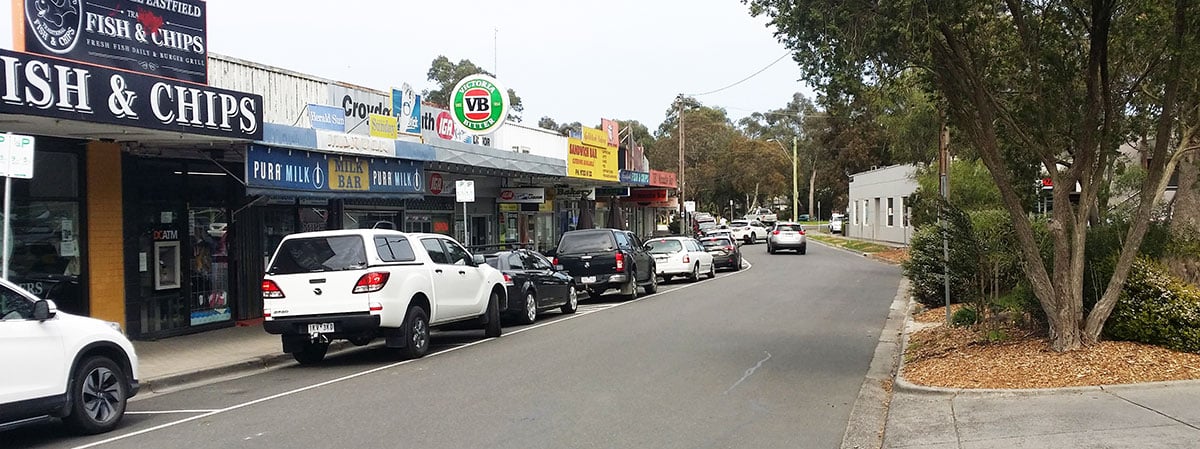7 Neighbourhood Amenities That Make A Good Residential Area
According to a report, neighbourhood amenities have a positive impact on social goods, including neighbourliness, sociability, and trust. Moreover, access to them cultivates healthy lifestyle habits.
Neighbourhood amenities, such as playgrounds, libraries, and sidewalks, encourage people to play and socialize. In fact, those who live in lovely and safe communities near parks or beaches tend to spend more time taking a stroll. And research reveals that access to green spaces helps enhance children’s cognitive development and memory.
These findings come as no surprise since most people would choose to live in an area that’s accessible to the basics of community life: restaurants, shops, parks, and schools. Read on to discover the amenities that make a good residential area.
- Entertainment and leisure facilities
For some, moving to a neighbourhood will depend on the social opportunities they’ll have. So, one of the amenities they look for is entertainment and leisure facilities:
- Bars
- Clubhouses
- Movie theatres
- Swimming pools
- Playgrounds
If a work-life balance is important to you, you’ll want to live in an area where you can attend social gatherings or take part in fun activities.
Entertainment and leisure facilities bring life to a community, attracting young people—especially those who want to unwind from their hectic schedules and spend quality time with loved ones.
- Educational facilities
Educational facilities are another amenity that’s valuable to residents. Families with children are more likely to search for rental properties close to schools. Aside from families, college students need rental properties near universities.
But even if you don’t have school-age children, living in a neighbourhood with reputable schools is a worthwhile investment because it will help increase your home’s value.
- Healthcare facilities
With healthcare being a fundamental human right, every residential area should have healthcare facilities. Primary care options, in particular, can improve the overall health outcomes of residents.
According to News Medical, primary care services are the first point of contact with the health system. Well-trained staff can measure blood pressure and other vital signs and refer residents for more specialized care. These procedures can help prevent serious complications from certain illnesses or health conditions.
The following are examples of healthcare facilities:
- Hospitals
- Mental health clinics
- Social services
- Diet clinics
- Pharmacies
- Health programs
Access to medical care is particularly important for retirees and children. Both tenants and homeowners make sure that they live in an area that offers easy access to medical care in case of emergency.
- Public transportation
Getting around town would be easier in some regions than others. Some may have extensive transportation options like trams, buses, taxis, or trains. Being connected to major city centres out of town for employment reasons is another consideration for new homeowners.
Something else to keep in mind along with the available infrastructure for transport would be its costs. Residents won't want to live in an area where they need to fork out thousands each month just to get from one point to another. Hence, fast and reliable public transport is essential.
Public transport isn’t just necessary to commute from one place to the next. People who want to live a sustainable lifestyle also need it. These days, many are choosing to take buses and trains instead of driving private cars to reduce their carbon footprint and save money.
- Gyms
Well-developed residential areas usually feature gyms. Although gyms may not be a priority for all, they remain an amenity that adds significant value. With the immediate and long-term benefits physical activity brings, renters or homeowners will find a nearby gym useful.
- Restaurants and shops
Residents need to shop to meet their daily needs, such as food and clothing. Thus, restaurants and shops are as valuable as other amenities.
Apart from restaurants and clothing stores, a good residential area offers access to grocery stores and hardware shops. Proximity to restaurants and shops that offer important services and goods can even be an indicator of a neighbourhood’s future value. For instance, a residential area with a famous coffee chain or a fast food restaurant proves that companies have studied the location, anticipating success.
- Financial institutions and ATMs
Access to banks, loan facilities, automated tellers, and the like allows residents to manage their savings and spending. Financial planning could be a daily, weekly, or monthly activity. Areas with easy access to these institutions would then be more favourable to those who place value on their financial situation.
Furthermore, having solutions for saving, lending, and spending attracts business deals for the community. This makes a residential area even more desirable to homebuyers.
Conclusion
Good residential areas provide for the needs of their residents. They boast essential amenities that make them thrive.



